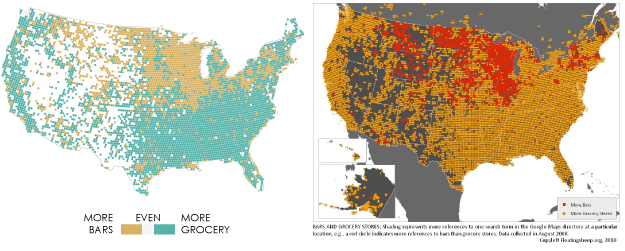https://www.clickz.com/wp-content/uploads/sites/2/2016/06/munster.jpg

Often than less we get euphoric while viewing dashboards of today with fancy editing and what not thus overseeing the true meaning that some dashboards tend to portray due to their simplicity. All through our childhood we are taught history as a subject to learn from the past and here we have an old visualization, simple yet powerful, depicting how a few images can change our thinking for better.
Munster, a town in Germany, produced this visualization back in 1991 to encourage bus use. It beautifully shows impact of same number of people (72) on bicycles, cars and a bus and the relative space that each occupies on a road.
Traffic related issues are growing day by day as the number of cars are increasing at a staggering pace. The day is not far when we’d run out of roads only to be succumbed by the daily traffic jams. This issue is not just for the future but a lot of cities like Delhi are currently facing an uphill task to overcome this menace.
What I really love about this visualization is how quickly in a single glance you get the message loud and clear. It is certainly ahead of its time when there weren’t much of editors or applications that helped you build such epic dashboards.
One of the changes I could suggest for its time is for the middle one to show the complete picture of the impact of 72 cars on a road. Also, the message could have been portrayed with a greater depth by creating a series of pictures with more number of people in each series than the previous one to scale the problem at an increasing pace because the space taken by two buses is nothing compared to the space taken up by 150 cars.
Despite such small shortcomings, this visualization enlightens us in many ways than one can think of. To conclude, a dashboard need not be fancy to portray something simple yet meaningful.









